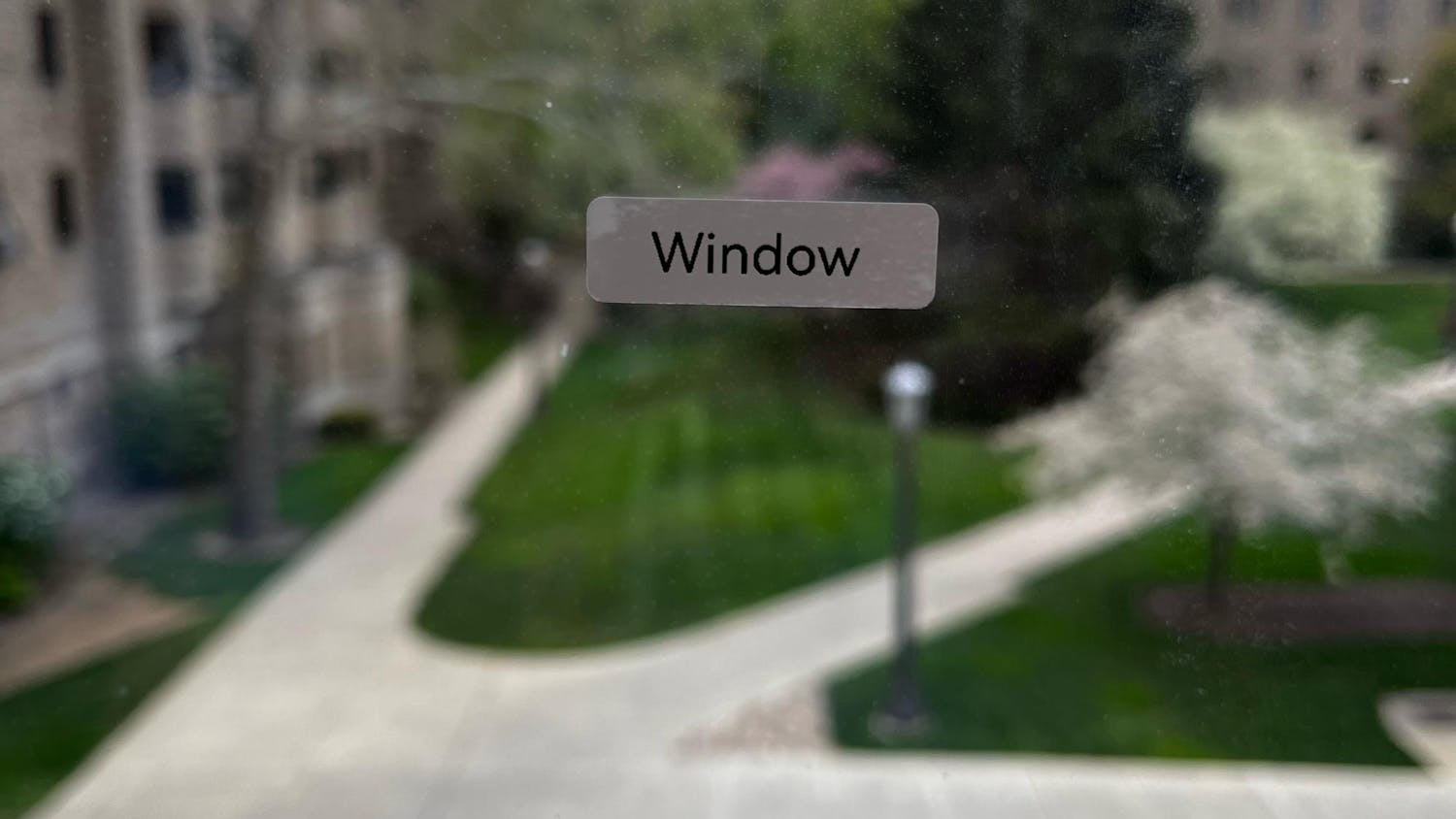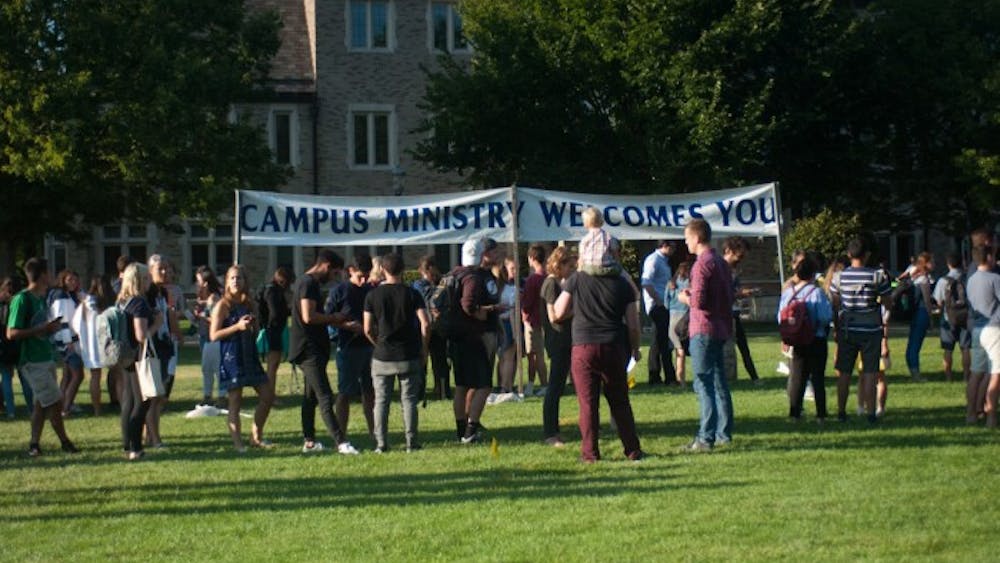I am ashamed to say that when I arrived at Notre Dame three years ago, I had basically no experience recycling since neither the township that I lived in nor the high school that I graduated from provided recycling services. My new home under the Dome, however, practiced single stream recycling and I confess that I had no idea what this phrase meant. So, I did some digging around and got the 4-1-1 on single stream recycling and what happens when you put your Starbucks cup, Gatorade bottle or old edition of The Observer in that blue bin.
Single stream recycling allows materials such as newspaper, office paper, cardboard, plastic bottles, plastic bags and aluminum cans to be placed in the same container. They are then collected and separated according to material. Single stream makes it easy, so there is no excuse not to throw that care package box from Mom or the bottles from your pre-MSU game celebration in the recycling bin. Items that should not be placed in the blue bins include any type of battery (regular, computer or cell phone), print cartridges, electronics or light bulbs. But do not fear! There are special bins located around campus for these items, and they will get recycled if you make sure they are placed in the correct bin.

Ian Hogan, Notre Dame's Manager of Recycling, Waste, and Special Projects, coordinates recycling pick-up at over 50 buildings on campus. According to Hogan, one thing that gets him madder than Tommy Rees when he's just been sacked is when he sees about 80% of the "trash" on campus composed of recyclable materials. "If you aren't sure whether or not something is recyclable, it's better to put it in the blue bin as long as it's not food or liquid," says Hogan.
Recycling from campus buildings is placed into giant compactors. The compactors each have a call box with a pressure gauge attached so that when the pressure reaches a certain threshold, indicating that the compactor is full, it calls in to Waste Management, who sends a truck to pick it up. This feature lowers our carbon footprint by ensuring that only full truck-loads are picked up.
Not sure about what to do with that Styrofoam cup from South Dining Hall that you got some fro-yo in? The next stop for our recycling is a dedicated facility in South Bend that sorts out and sells Styrofoam for reuse, so go ahead and throw it in.
From there, the remaining recycling heads to a Materials Recycling Facility (MRF) in Calumet City, Illinois. The MRF (rhymes with Smurf) uses various techniques including magnetic fields, shape sorters and optical scanners to separate the streams so they can be baled and sold to manufacturers for reuse.
So now you know how it works, but you might still be asking, "Why bother? Does recycling really benefit the environment that much?" Here are a few stats that might interest you:
Recycling paper instead of making it from new material generates 74% less air pollution and uses 50% less water.

The amount of wood and paper we throw away each year is enough to heat 50 million homes for 20 years.
Recycling aluminum saves 95% of the energy needed to produce new aluminum from raw materials.
Recycling one aluminum can saves enough energy to run a 100-watt bulb for 20 hours, a computer for 3 hours, or a TV for 2 hours.
Americans throw out enough iron and steel to supply all the nation's automakers on a continuous basis.
A steel mill using recycled scrap reduces related water pollution, air pollution and mining wastes by about 70%.
The energy saved from recycling one glass bottle can run a 100-watt light bulb for four hours. It also causes 20% less air pollution and 50% less water pollution than when a new bottle is made from raw materials.
The good news is that people are recycling more than ever before: Americans now recycle about a third of all municipal solid waste. That includes about 50% of aluminum cans and over 70% of office paper. Clearly, though, we can do way better.
So the next time you have a choice to put old Calculus homework, a plastic container from a delicious NDH fruit and yogurt parfait or a pizza box from your late night snack in the recycling or trash, choose the blue bin.
E-mail your predicaments to the GreenMan at askthegreenman@gmail.com and let him answer you with a sustainable twist. The GreenMan will be here every other week to provide you with insights you never knew you were missing out on until now.
The views expressed in this column are those of the author and not necessarily that of The Observer.












